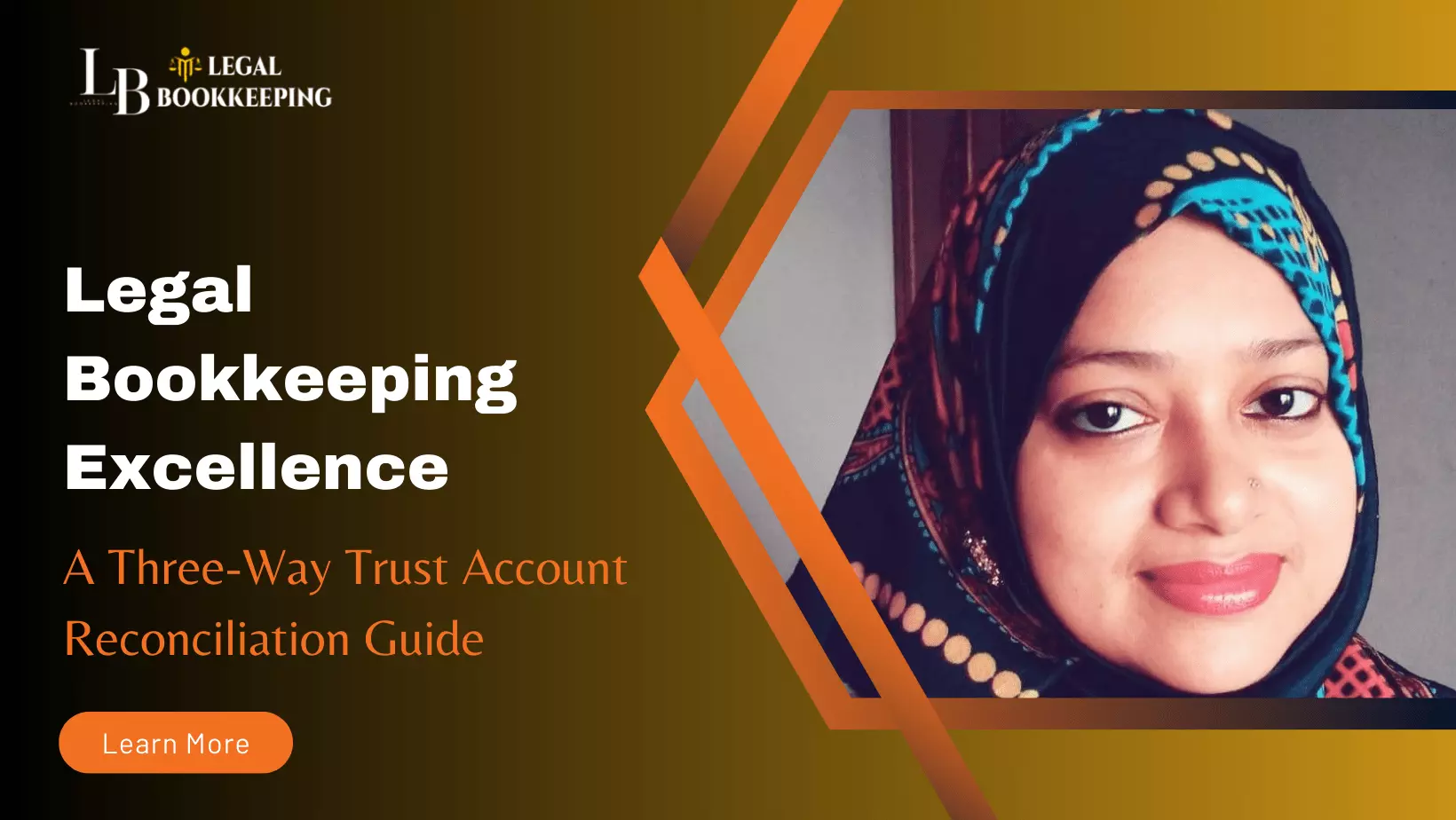
Three-Way Trust Account Reconciliation – Beginner’s Guide
A three-way trust account reconciliation is a must to ensure accounting compliance as imposed by regulation authorities. Usually, all businesses need to perform two-way reconciliation for their accounts to achieve the accuracy of the records they keep.
Mainly, the bookkeeper matches two sets of financial records to check if they agree without any variance. If the bookkeeper finds any discrepancy in the accounts, they take the necessary steps to fix it. The two-way reconciliation process is highly practiced to maintain the accuracy of the financial statements.
But what about the Three-way Reconciliation Process?
So, What is 3 way trust reconciliation? As law firms must maintain a trust account, they must abide by the rules of the controlling body, i.e. SRA, Law Society. One of the association’s requirements is to deliver a report showing how the firm has reconciled the Trust account Statement with the individual client’s ledger at the end of the period.
The objective of the three-way reconciliation is to confirm that the data from all these sources agree ensuring zero variance. This process offers a comprehensive picture of a company’s financial performance.
Why is Three-Way Reconciliation Important?
Three-way reconciliation is essential because it ensures the accuracy, transparency, and compliance of trust account management. It helps verify that the bank balance, client ledger balances, and overall trust account records all align. This process not only protects client funds but also keeps legal and financial professionals compliant with regulatory requirements and avoids potential audits or penalties.
The Major Components of Three-Way Reconciliation
A 3-way trust works by maintaining separate ledgers for each client to track all transactions. At month-end, the total of all client ledgers is reconciled with the trust account bank balance.
1. Trust Ledger
Trust Ledger or Trust Book contains all the internal records of the client’s trust account. Sometimes, cheques and deposits do not match the account balance statement. The cheques and deposits might not have cleared on the same day.
2. Client Ledger
The Client Ledger shows each client’s transactions in a trust account—specifically, the balances for each law firm client. Usually, clients’ funds are kept in the trust account. It is essential to compare each client’s funds to the total funds available in the Trust account. It gives the clients a clear idea about their funds.
3. The Trust Bank Statement
The Trust Bank Statement is a statement that contains information about deposits, withdrawals, and interest payments. The bank statement is received from the bank usually, which serves as a way to authenticate all transactions shown on the trust account. The numbers shown in the statement are reliable and updated.
However, some numbers require your attention.
Payments made after the statement closing date should be shown. A legal bookkeeper needs to add them. On the other hand, in case of any withdrawal after the statement closing date, you need to subtract them.
There might be transactions already made but have yet to be cleared in the bank account. In this case, the month’s ending balance should be altered to show the missing transactions.
Significance of Three-way Reconciliation Process
Properly handling the trust account and doing Three Way Reconciliations is vital because retaining clients’ trust and complying with the rules set by the state is the key priority for every law firm. Moreover, completing this will save the law firms from audit objections and further penalties.
The Three-way Reconciliation process has yet to do the limitations of the Two-Way Reconciliation Process. Without executing Three-way Reconciliation, the law firms cannot draw a reliable representation of the client’s records. Only a legal bookkeeper can ensure the accuracy of the Trust Account reconciliation process by fitting the puzzles of transactions into the proper place.
How to reconcile a trust account?
To settle a trust account, first check your bank statement for the month. To calculate your adjusted end balance, add any uncleared deposits and subtract any uncleared disbursements from the statement’s ending balance. This adjusted balance should match the balance at the end of the month in your trust accounting records. If the two balances are the same, your trust account is in order.


